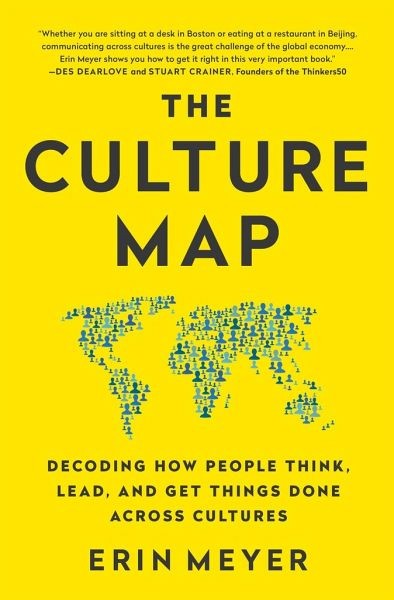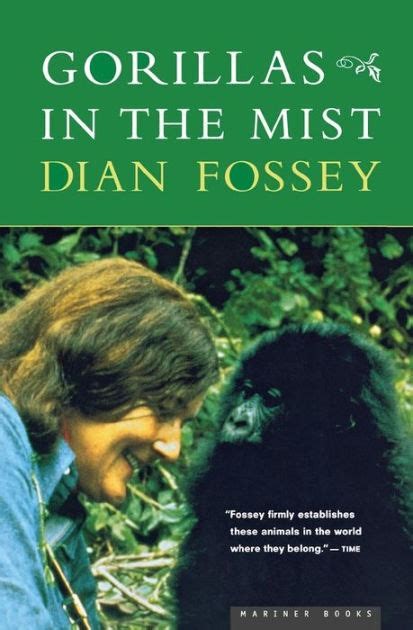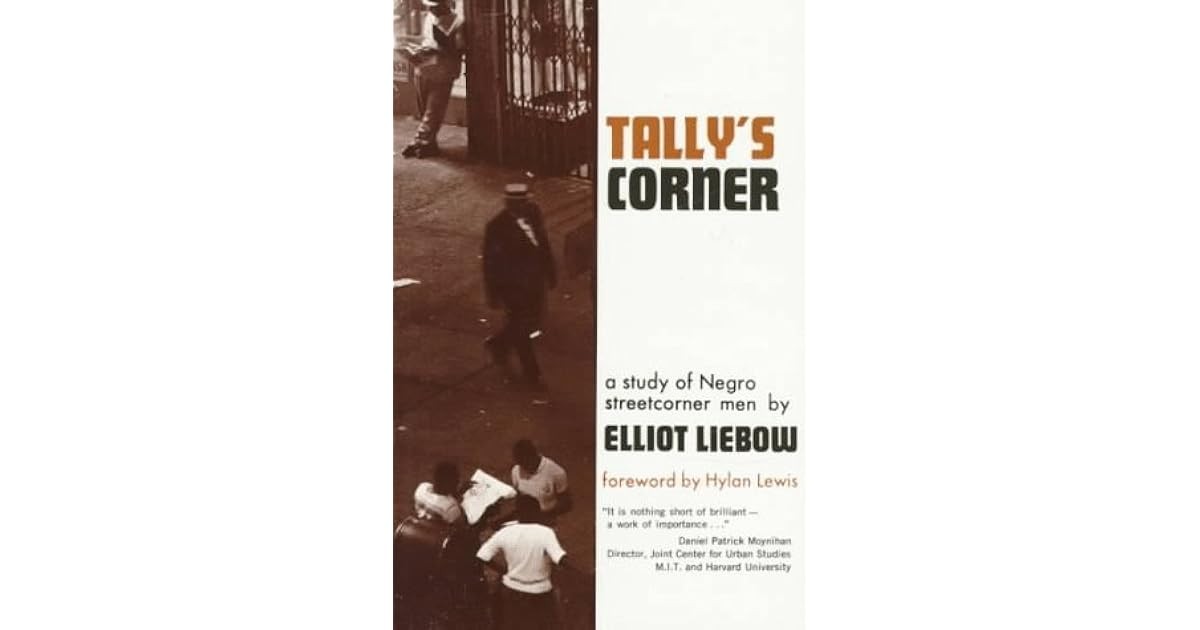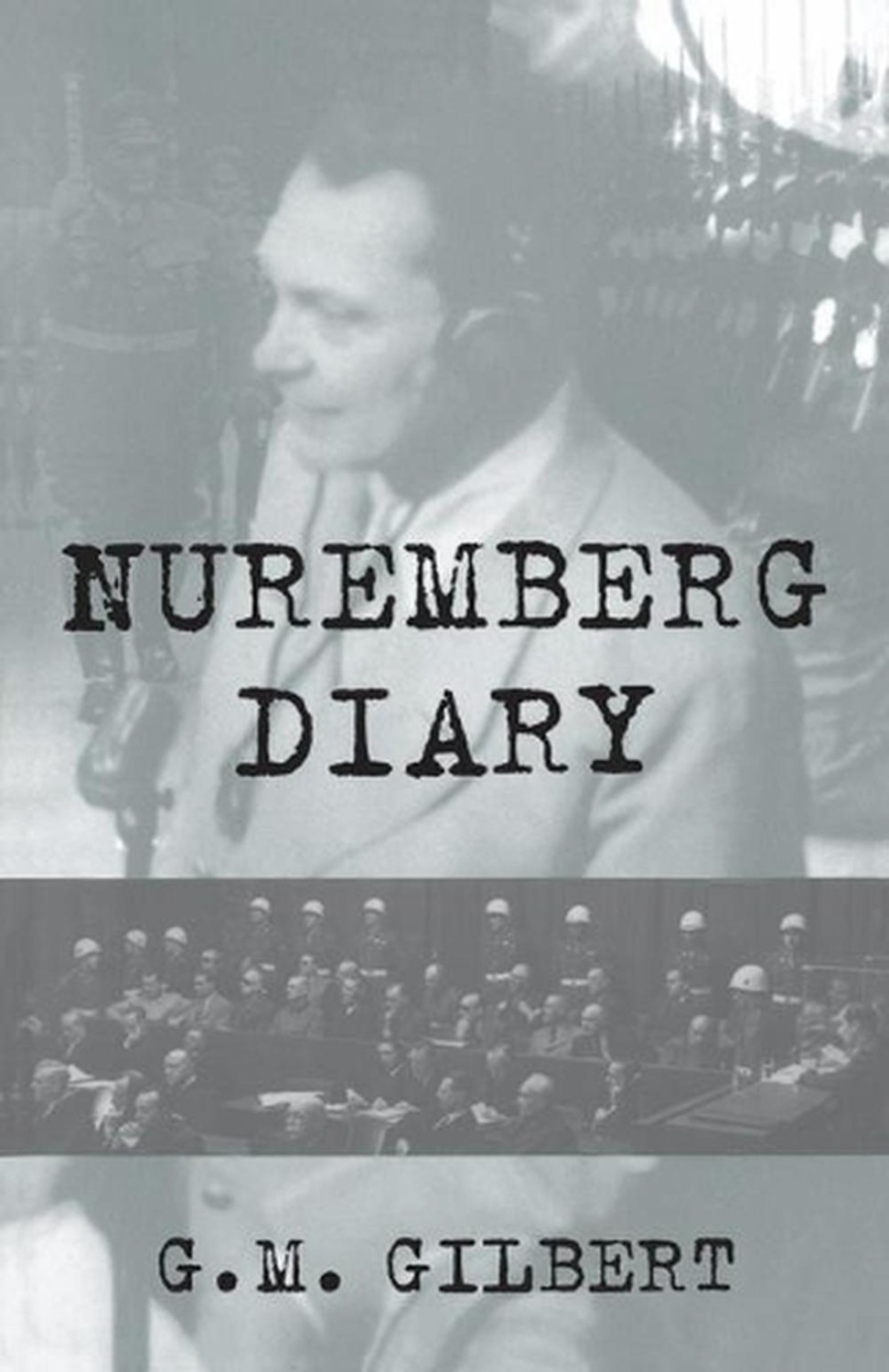Five Good Books (AI-free)
This is a collection of five brief reviews for excellent non-fiction books that I can recommend. A list of books and publishers is at the end.
Exhausting reading and pleasant reading
Unsurprisingly, a large part of what constitutes a PhD is reading. For me, this reading consists of scanning through conference papers and journals and the occasional book to find the ones that matter and then going over them carefully to note down the key points. While this exercise can be fun and illuminating, it also tends to be exhausting.
Well, that’s part of the job, right? Right, but the thing is: Exhausting reading tends to make people not wanting to read anything in their free time. I’ve heard from more than a couple people that the slog of gathering information has burned their interest in pleasant reading – the type you do at home to have fun and relax and replenish. And I fully sympathize! I don’t want to be exhausted when reading in my free time, which is why I read fiction for most of my life: fantasy and science fiction in the beginning, then classics and German pop literature, until lately arriving at semi-fictional books that describe more or less real events (examples? Here you go: Any Human Heart, In Cold Blood, Montauk, Caspar Hauser, Licht scheint auf mein Dach).
Only after making it through these books without being too exhausted, I gave non-fiction books a try. I started with history (Napoleon, of course) and astronomy (death of the universe), which are two specimen of a wonderful book genre that makes a real effort in conveying dry matter with true and captivating enthusiasm – and for these reasons are ideal candidates for pleasant reading.
By now, I encountered several fantastic books in that very niche that I wanted to talk about at some point. Hence, this is a round of flash-reviews of pleasurable non-fiction books that I can recommend. Disclaimer: These are neither very current nor coherent in topic nor connected by anything, just a selection of good non-fiction books. Namely: The Culture Map, Gorillas in the Mist, Tally’s Corner, A Gentle Guide to Research Methods, and Nuremberg Diary.

The Culture Map. Erin Meyer, 2014.
This book is an easy-to-read manual for moving and working in different cultural environments, rich with anecdotes and little episode that will make you snicker. Erin Meyer is a professor for international business and the whole thing establishes her as someone well-versed in many of the world’s cultures with a good intuition for how the working styles of these cultures interact. This intuition is cast into a set of eight scales with polar opposites at the ends: communicating, evaluating, persuading, leading, deciding, trusting, disagreeing, and scheduling. How cultures are located on these scales gives a hint on how well they harmonize. For example: Locating the Netherlands and Germany on the “leading” scale, which ranges from egalitarian on its one end to hierarchical on the other, yields one marker at the egalitarian end of the scale for the Dutch and one marker at the middle of the scale for Germans. The distance between these markers tells us that when a Dutch superordinate works with a German employee then the different expectations can lead to confusion: while the Dutch might expect employees to act independently without receiving clear directions, the German might be used to a slightly more hierarchical approach and could feel unsatisfied with the lack of guidance. My version of the “leading” scale described in the book. The difference between the Netherlands and Germany implies the two cultures have different expectations towards leading and being led.
The resulting scales are lovely to compare different countries and to produce pretty parallel coordinate charts that, according to Meyer, can give people a better idea of why they don’t feel quite well in another culture’s working environment. Together with the book’s many stories and hints this amounts to a useful collection of how-tos for dealing with challenging international settings. There is a minor caveat though: being used to the exhausting reading that defines PhD life, one wonders how these pretty scales were compiled and calculated, exactly. Erin Meyer does not go into detail about the data the scales are based on, nor does she explain how it was sourced and why some countries show up and others don’t. My best guess: The scales are a combination of her professional experience and her research on the topic, which is hinted at in the references but never spelled out. Be that as it may, when you can take these academic imperfections with a grain of salt – seeing that the likely audience isn’t academics, but executives who like applicable knowledge – the book opens up a whole range of interesting and useful perspectives on cultural differences and similarities.
Thanks go to Jan Wiegner for the tip!

Gorillas in the Mist. Dian Fossey, 1983.
You might know Jane Goodall, the famous chimpanzee researcher. Dian Fossey was the same kind of dedicated, uncompromising wildlife researcher, who spent decades of her life in the Karisoke Research Center in Rwanda’s Volcanoes National Park to study mountain gorillas. This book is an account of her experiences in the field, first and foremost capturing the surprisingly intricate behaviour and family dynamics of mountain gorillas – a species that counted a total of 240 animals in the wild in 1983. The story follows the emergence, growth, and dissolving of four mountain gorilla groups, whose individuals are given idiosyncratic and witty names to keep track. Aside from the fascination of reading about mountain gorillas and the natural habitats of the volcanic jungles, the report also offers detailed accounts of all the challenges Fossey met when fighting to preserve the park and her research centre. Most chapters describe collisions with the corrupt local government and poachers, who were undisturbed in laying traps for bushbuck and other game in the national park. As these traps pose a mortal danger to gorillas, Fossey did not hesitate to pick up the fight against poaching in Karisoke by enforcing nature preservation laws, a kind of activism that she calls – and this was enlightening – conservation. She fights this battle within the range of civility, enlisting the local militia to aid her efforts and raising funds for the park’s protection. But one soon begins to understand that her hard efforts in conservation created many enemies for her, likely leading to her violent murder in 1985 – two years after this book was published.
Gorillas in the Mist is an important book for both researchers and environmentalists. Not only does it describe the subject of research in an easily accessible, fascinating and love-inducing way – enriched further by photo series taken by Fossey herself –, it also shows a person invested with her full life in protecting what she studies. Though Fossey did not seem to be an easy person. Accounts of her students and collaborators describe her as hard beyond measure, demanding, and in pursuit of her own goals with little regard for anything else other than the wildlife in Karisoke. Personally, I believe that only characters such as these can endure the pressure and danger brought on by extreme situations such as the study of mountain gorillas in a time where nobody gave two thoughts about their conservation. If you are intrigued by these characters, by the study of wildlife, and by the description the exhilarating, egregious circumstances of field research, then this book is for you.

Tally’s Corner. Elliott Liebow, 1967.
Liebow was an urban anthropologist who in the 60s immersed himself in the life of “streetcorner men”: a demographic of mostly black men who spent their time at the streetcorners of Washington D.C. with infrequent employments, loose relationships and uncertain prospects. The book is the description of Liebow’s ethnographic study with 24 of these men, in which he became their acquaintance or friend and tried to identify the factors that contributed to their situation and position in society. Every chapter focuses on another area of life – employment, education, friendships, dating, family relations, etc. – and combines them to paint a comprehensive picture of the circumstances that keep the men in the vicious cycle, despite their best efforts to escape it. Criticism claims that the book, which was Liebow’s PhD thesis, underexplores the role that systematic racism plays. I will naturally not argue against these claims, but personally found that the effects of institutional racism, even if not explicitly discussed, are visibly embedded in every fate that Liebow describes and do leave their marks in the reader.
The book’s last chapter contains Liebow’s meta-reflections on the experience of conducting an ethnographic field study in the streets of Washington D.C. and holds precious insight for anyone who plans to talk to people as part of their research. What Fossey’s book does for wildlife and conservation, Liebow’s book does for anthropology and social studies, and I can fully recommend both as captivating examples for academic studies that go beyond the narrow circle of academia to present their contents in a way that makes them accessible, fascinating, and relevant for everyone.

A Gentle Guide to Research Methods. Gordon Rugg and Marian Petre, 2007.
Someone who talks about academic studies all the time is bound to mention a methods book somewhere. Granted: This one is more relevant for young researchers who are not yet firm in how the basics of research methods are done: a usually rather dry matter, but this book succeeds marvellously in conveying it! For starters, the authors precede each chapter with quotes, often taken from H. P. Lovecraft’s fantasy novels on cosmic horrors beyond human imagination (here’s a hidden book tip! Houellebecq’s great criticism of Lovecraft, Against the World, Against Life). Moreover, it’s a methods book written in simple, coherent, and entertaining style – three things that you would absolutely not expect this genre to nail. In a nutshell: If you are looking for a book to teach you about the basics of empirical research, look no further. By the way: One of the authors is a computer scientist, so there’s no question of whether the described information is also relevant to fields outside of the social sciences.

Nuremberg Diary. Gustave Gilbert, 1947.
Gilbert was the court psychologist assigned by the Allied Forces to speak to the nazi leaders who were awaiting their trials in Nuremberg after the war had ended. In his function, Gilbert had the singular and bizarre opportunity to converse with the nazis, including Göring, Speer, Hess, and 17 others. As they perceived him as external to the proceedings in his profession as a doctor, they confided to him many of their thoughts regarding the Second World War, the rise of the nazi party, Hitler’s personality, and the holocaust. This book is the chronological collection of his diary entries as court psychologist, structured along his conversations with the detained nazi leaders and the court proceedings, ending with the executions.
German school education imprints in oneself a deep and uncompromising perspective on Nazi Germany, established post-war to prevent Germans from ever following this kind of ideology again. Due to this important and incessant impression during school years, I didn’t feel a particular interest in following up on the topic myself, feeling that I had a good grasp on the most important aspects of what happened in that time (which, unfortunately, wasn’t quite true). This interest was invoked again by two books, which gave perspectives that our school education simply did not cover. The first one was Jean Améry’s account of his experience in Nazi Germany, At the Mind’s Limits, and the second one was the Nuremberg Diary. In general, the book is comparable to Hannah Arendt’s descriptions of the Eichman processes. But the scope is slightly shifted in that the conversations between Gilbert and the nazis let the reader experience the nazis’ thoughts in a way that I rarely saw before. It is difficult to find words for everything described in this text – the endless denials of guilt, the spurious justifications, the claimed ignorance –, but the book deeply embeds into one’s consciousness an idea of the personalities who were responsible for these crimes, and what little they had to say in their defence. In these terms, I recommend this book firstly for its captivating historical account, and secondly for its important part in general education. List of books
Thanks for reading! Here’s the list of all books discussed (+publishers):
- The Culture Map. Erin Meyer, 2014. (Public Affairs)
- Gorillas in the Mist. Dian Fossey, 1983. (Mariner Books)
- Tally’s Corner. Elliott Liebow, 1967. (Little, Brown and Company)
- A Gentle Guide to Research Methods. Gordon Rugg and Marian Petre, 2007. (Open University Press)
- Nuremberg Diary. Gustave Gilbert, 1947. (DaCapo Press)
Enjoy Reading This Article?
Here are some more articles you might like to read next: